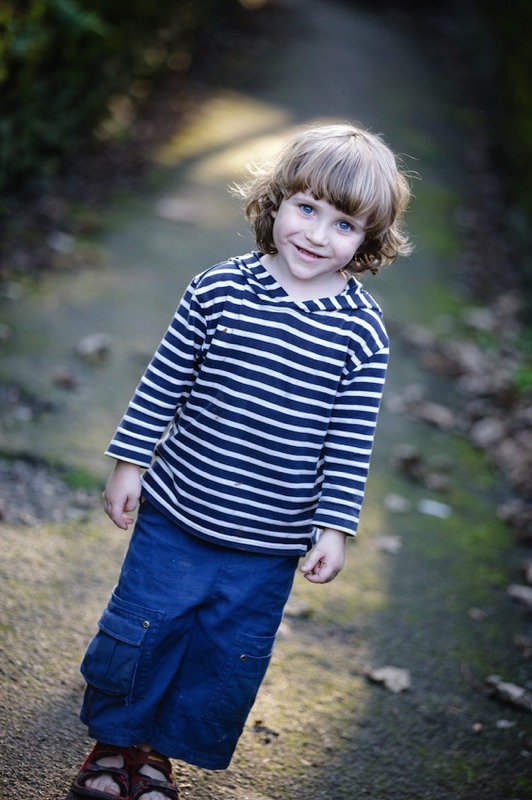
Image by Annabel Williams
Help us to help Django
Django is four years old. He was diagnosed with Type One Diabetes at age two. Unlike other children his own age without type 1 diabetes, Django requires his insulin to be delivered into his body via an insulin pump and regular glucose level monitoring every day just to stay alive. Django could also face a future of devastating complications brought on by type 1 diabetes such as amputation, renal failure, blindness, heart disease, coma and premature death.
Help us to help people with type 1 diabetes by purchasing The Naked Muse Calendar 2012. 100% of the profits from this project will go towards raising money for JDRF . It will help to enable JDRF to continue its crucial work into funding research to cure, treat and prevent type 1 and its complications whilst also enabling them to provide key information to those affected by the condition.
JDRF is the world’s leading funder of type 1 diabetes research, and for 40 years, has been fundamentally involved with the delivery of advances in the field; seeking out, assessing and monitoring the best science to cure, treat and prevent type 1 diabetes.
JDRF is a medical research charity which has offices in London, Southampton, Bristol, Birmingham, Leeds and Aberdeen and is affiliated to a global research programme through JDRF International. Its ability to continue its crucial work is very much dependent on the fundraising efforts of its staff and its supporters.
Key facts about type 1 diabetes and the charity
· There are currently 350,000 people in the UK live with type 1 diabetes, 26,000 of whom are children
· Incidence of type 1 diabetes is increasing at four per cent each year particularly in children under five
· A diagnosis of type 1 diabetes reduces life expectancy by up to 20 years
· To date, JDRF has funded over £900 million of research into type 1 diabetes and its complications
· KIDSAC, JDRF’s support resource featuring Rufus the bear for newly diagnosed children with type 1 diabetes is sent out to between 2-2,500 children each year
· 85 per cent of our research benefits people with type 2 diabetes.
You can read more about Django’s story, along with poems and reflections on life with diabetes contributed by other collaborators, here
Django’s Story...
During the course of creating The Naked Muse, we discovered that many of those I approached had a personal experience of, or connection with, diabetes (both Type One and Type Two) - a fact we did not know when we emailed them to ask them to take part. In this way, it became not only a creative collaboration but also, a sharing of stories. Because this story began with Django, we will start (to quote a well known musical) at the very beginning of his Diabetes Story...
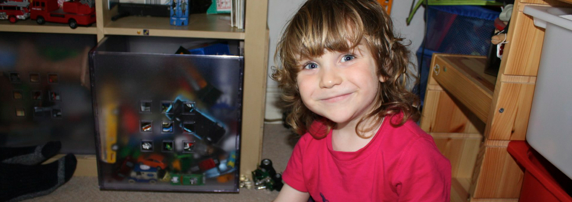
Every day Django inspires us to be courageous in our choices and our lives. His strength and willingness to be joyful in the face of all he endures teaches us to try to find the same in each moment. He will live a good life and a brave life, and for now, we do what we can to make his childhood a good one.
But for those who say he will not notice in time - he notices every needle that pierces his young skin, every scar on his body inflicted through needle blood glucose checks and cannula changes. He notices every fluctuation in blood glucose and all that it brings with it, and he notices how in a world were people eat and drink what they want, when they want, he does not have the same freedom, and where other children get to run and play, he has to be monitored when he does this. He notices that there is never a moment where diabetes is not present. Which is why we are doing what we can to help those who are working hard to find a cure, and in the meantime, discover more about this disease and better ways to treat and care for those who live with it.
So...here is a little extract from Django’s story. His diagnosis day.
Thank you for supporting our project, and for taking the time to get to know us and our beautiful son just a little bit better.
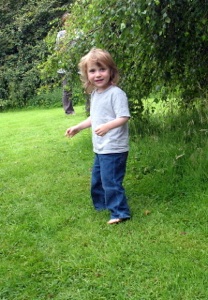
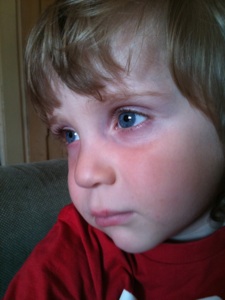
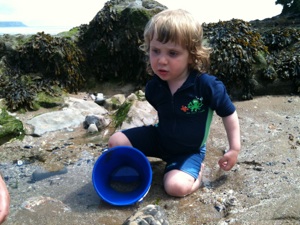
Diagnosis - 26 August 2010
My son cries when I go to take him to the Doctor. I soothe him and say "it will be fine" but as I say it, there is part of me that knows it will not be. He begs me to let him stay at home, and I almost agree. I want to be able to hold him and kiss him better and tell him this is just a bout of childhood constipation, or some unnamed virus he will bounce out of. Instead, I hold him closer and we head off in the car.
I start to tell the doctor what is wrong. I tell him my normally active, alert boy is virtually unable to walk up the stairs, or ten feet along the road. That only weeks ago, he was running anything up to three miles at full speed, and wouldn’t sleep. That now he is sleeping every few hours and for longer periods. That despite being a usually light eater, he has been complaining of hunger almost constantly and eating huge meals, insisting on fish and marsh samphire. That recently he has been eating a bite of everything, then seeking out other things, raiding the fridge over and over. I tell him he is wetting through seven or eight nappies a night, more during the day, and soaking his clothes, car seat, bed covers each time. I tell him he is waking me through the night, asking for water, despite the fact that he still breastfeeds on cue. I tell him he is losing weight. I tell him he has had bad breath recently and has been badly constipated. I tell him that for the last few days he has been labouring his breathing, even when still, panting like an animal.
All the while, my little boy patiently sits on my lap, silent and holding my hand. The doctor listens to his chest and takes his temperature. He tells us to go home and give him Calpol to reduce his fever, that he has a chest infection. We ask him if his temperature is raised, as when we checked an hour ago it was normal. The doctor pauses. It is the end of a long day. I know. I've been waiting all day for an appointment after being told it was not an emergency case.
I see a penny drop and he asks my son to pee in a sample pot and to hold his finger out for a finger prick test. He does both of these without complaint or suspicion.
When the tests are done, the doctor sits down. I don't want to hear what is about to be said. His expression changes.
"Your son has diabetes. He is experiencing a condition called diabetic ketoacidosis. You need to take him to the Infirmary immediately."
A few days before, I had voiced my fear to my husband, that it was diabetes. He had told me not to worry so much.
I take my son outside to the car park as my husband goes through the admissions details. I am crying and trying to explain that Mummy and Daddy need to take him to the hospital. He tells me he is hungry, but we are not allowed to take him to the shop. We must go straight there. He will not let go of me and as we drive in, he falls asleep in my arms. I look at him, sleeping deeply, and I cannot stop the tears.
He wakes when we arrive and is greeted by a flotilla of nurses, each one gentle and armed with questions and machines. He keeps asking for food. It is now 6pm. Then 7pm. Then 8pm. He has cream applied to his hands and arms and clear plasters attached. This is to numb his skin. He only knows cream as something that heals you, so he assumes his hands are poorly.
Later, when my husband has gone home to get nightclothes, I have to hold my son down as the nurses, then the consultant, try to find a vein to put the catheter in. They cannot get one in. He is too badly dehydrated. He needs saline and insulin. Hi body is toxic with acids and his blood the consistency of maple syrup. As they jab and push this needle into his tiny hands and arms, he sobs, his wide blue eyes full of fear and tears, crying "Mummy, Mummy, why are you letting them hurt me?". Each time they push it in, he tries to be brave, saying "is it all over now?" but it isn't. He cries out "what's happening to me, Mummy...Mummy take me home now, please". He trusted me to protect him and the betrayal he feels is palpable.
After an hour of me holding my son down as he cries, they decide it is not possible. They spray his foot with coolant and draw blood from his toe. He has only seen his blood once, when he grazed his knee falling down a step. This is a lot more, and hard won. The consultant then administers two injections of insulin. Eventually they let me take him to bed. He collapses in my arms, his sobs continuing in his sleep. Half an hour later, the nurses come and attach him to machines. Throughout the night, they draw blood, check stats and test his blood glucose. I breastfeed him almost constantly. He wakes up screaming several times, but in between he sleeps the sleep of exhaustion.
As I watch him, I wonder how he could be this sick. I cannot understand how I did not know. I am sure that I must have done or not done something. Was it the glass of red wine in my breast milk? Did I not feed him properly? More than this though, I feel I have failed him, because I could not protect him. I cry. The machine blips his vitals. I am reminded of looking at the same screen, when he was still dark inside me and I willed him to be safe amidst the agony of my shock and grief, following my sister's drowning.
I listen to his chaotic, ketone-induced breathing, will him to recover. I tell him I am sorry. Sorry that I could not and cannot stop this cruel disease. Sorry that I could not give him more time to be free.
My son is two and a half. He has insulin dependent diabetes mellitus, type one. It is chronic, life threatening and at present, incurable.
Our lives are not the same lives we began the day with. They will never be the same lives again.
I watch an orange city sky and wish on invisible, long dead stars.
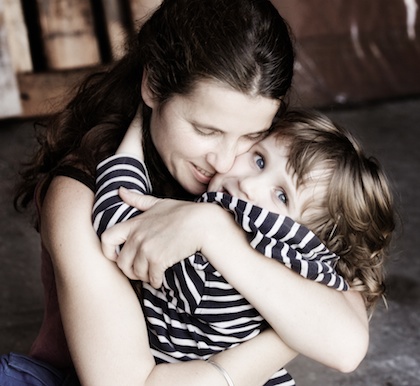
Everyone involved in this project is doing so for free.
Every penny we raise in sponsorship and support will enable us to give more to JDRF.
Help us help them by donating to our project. It all helps so please...use the donate button above and give what you can.
All support will be acknowledged on the website.



